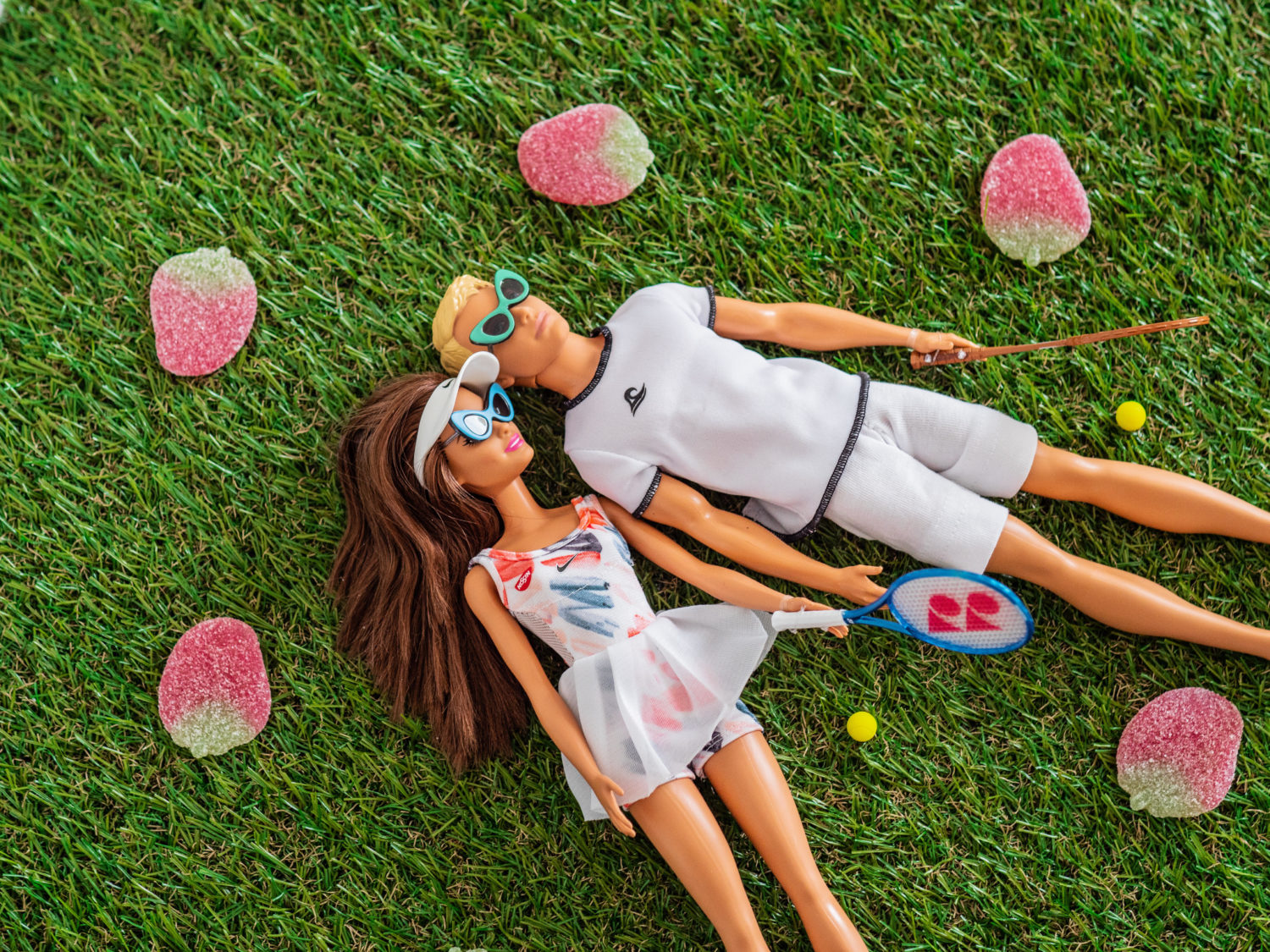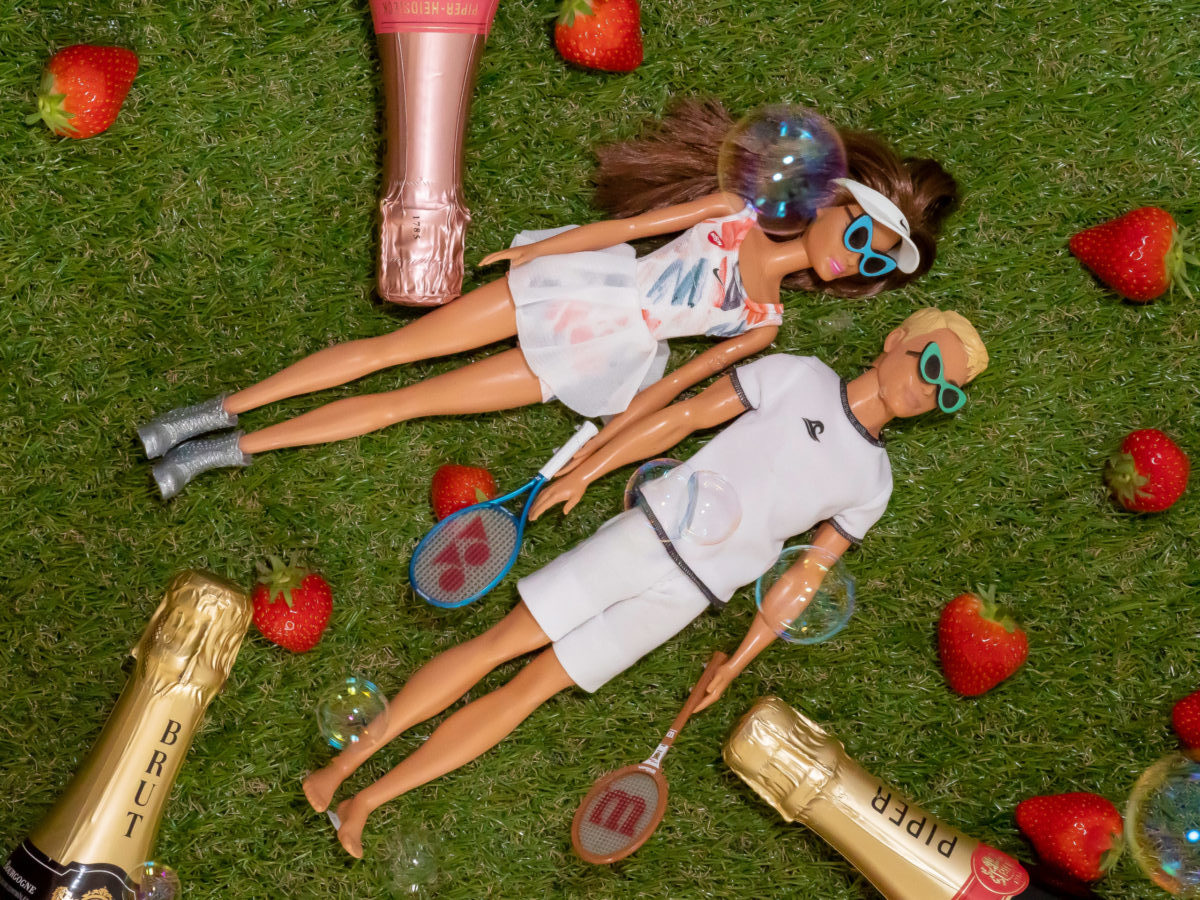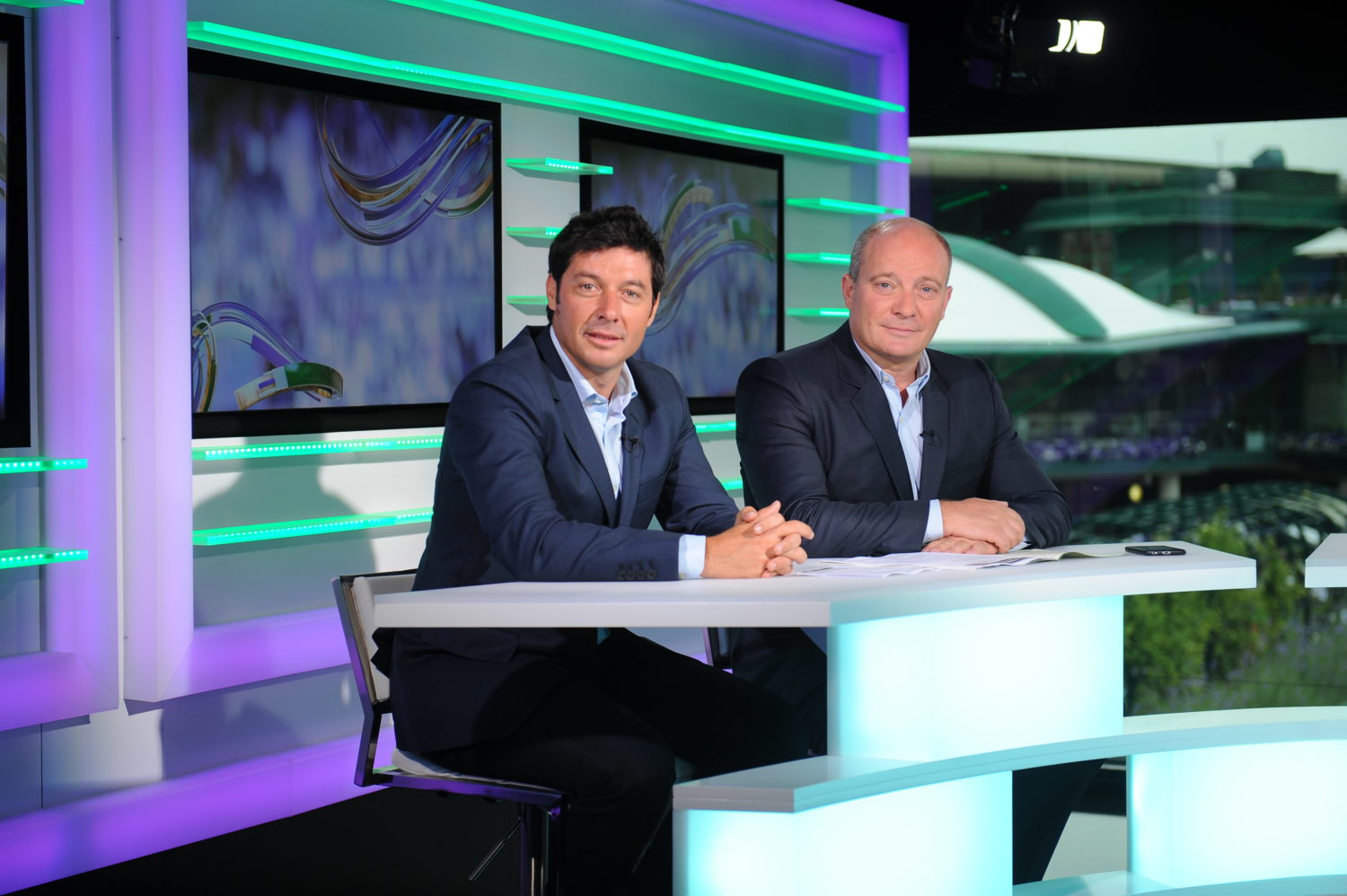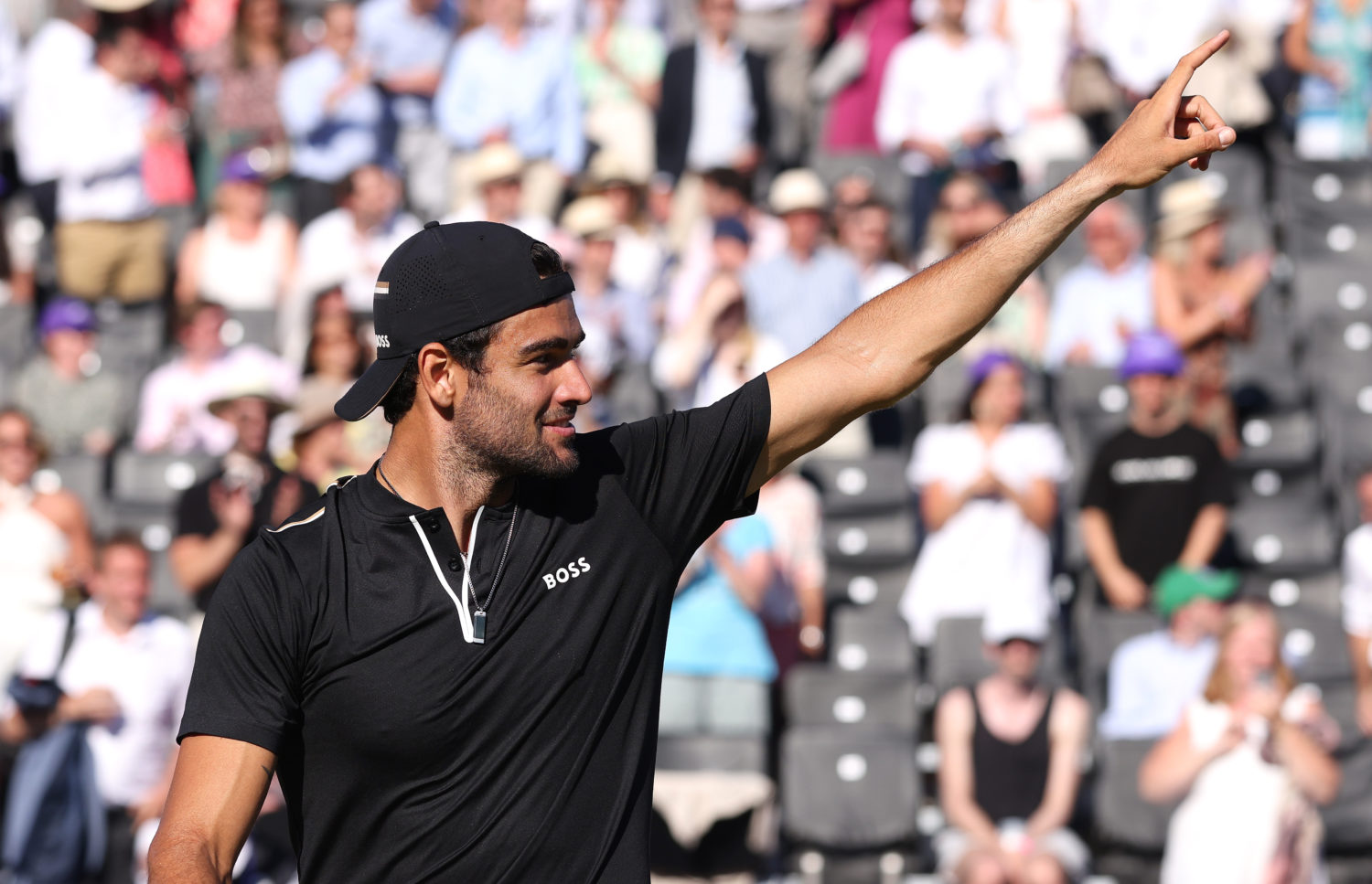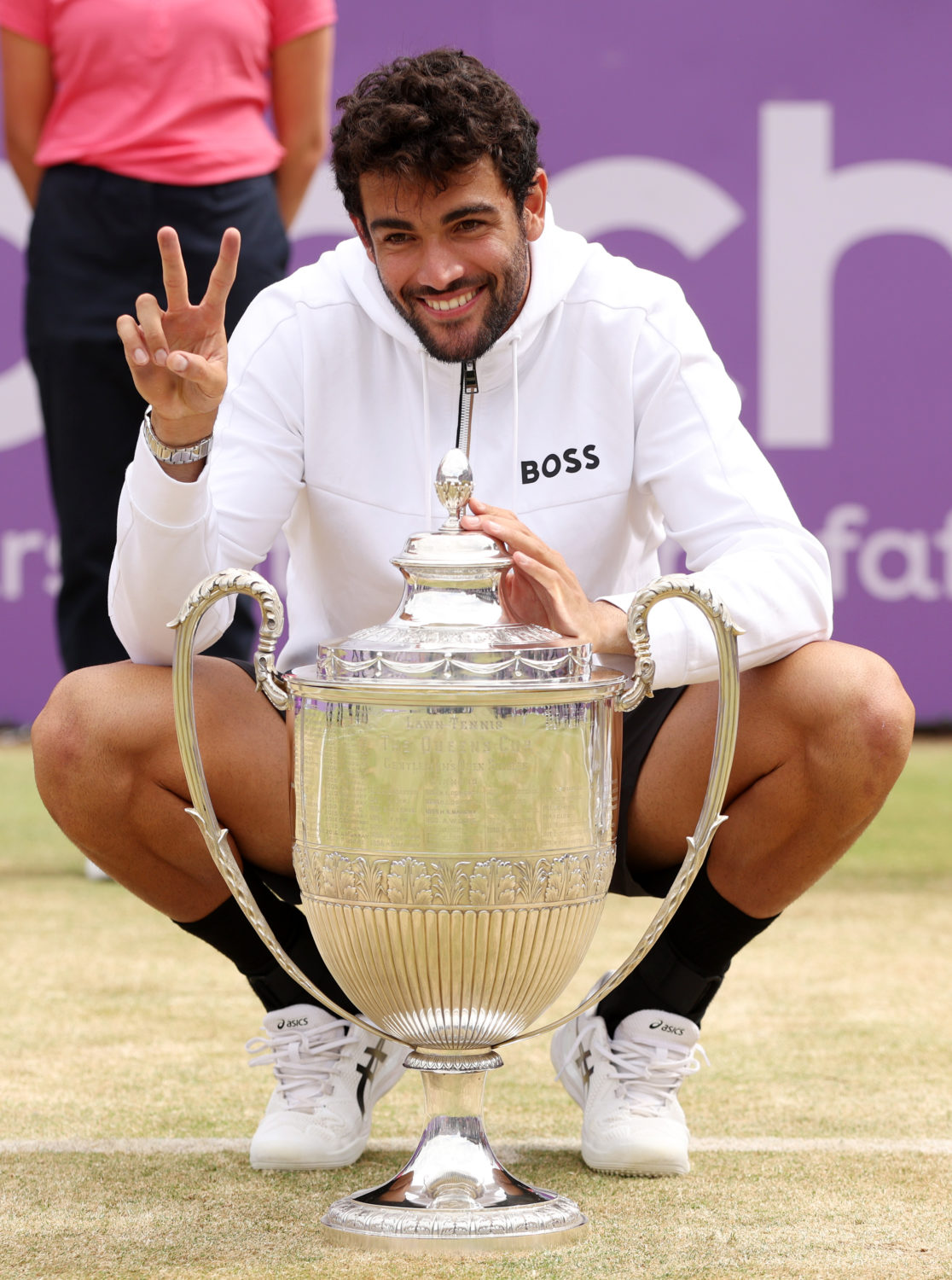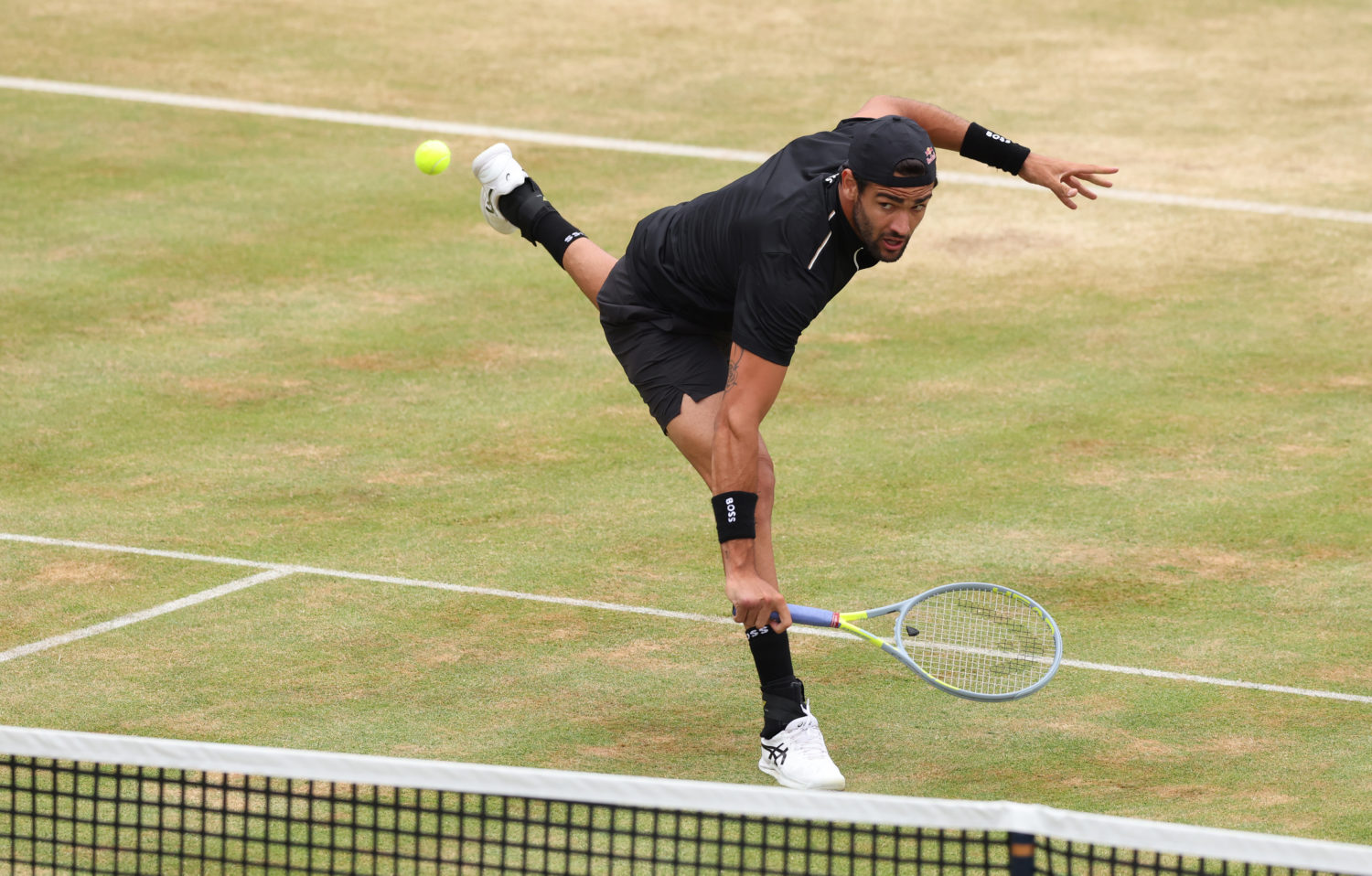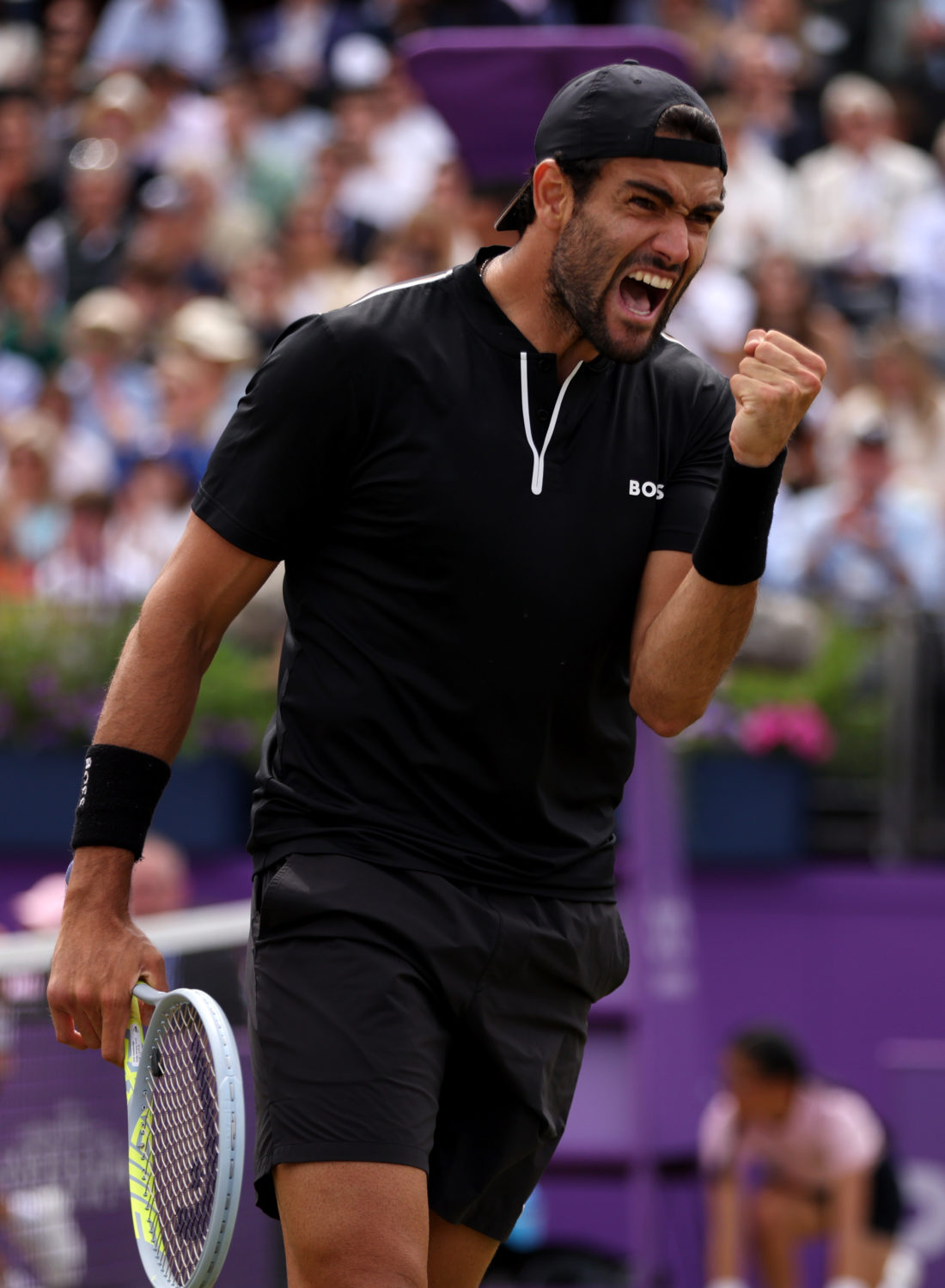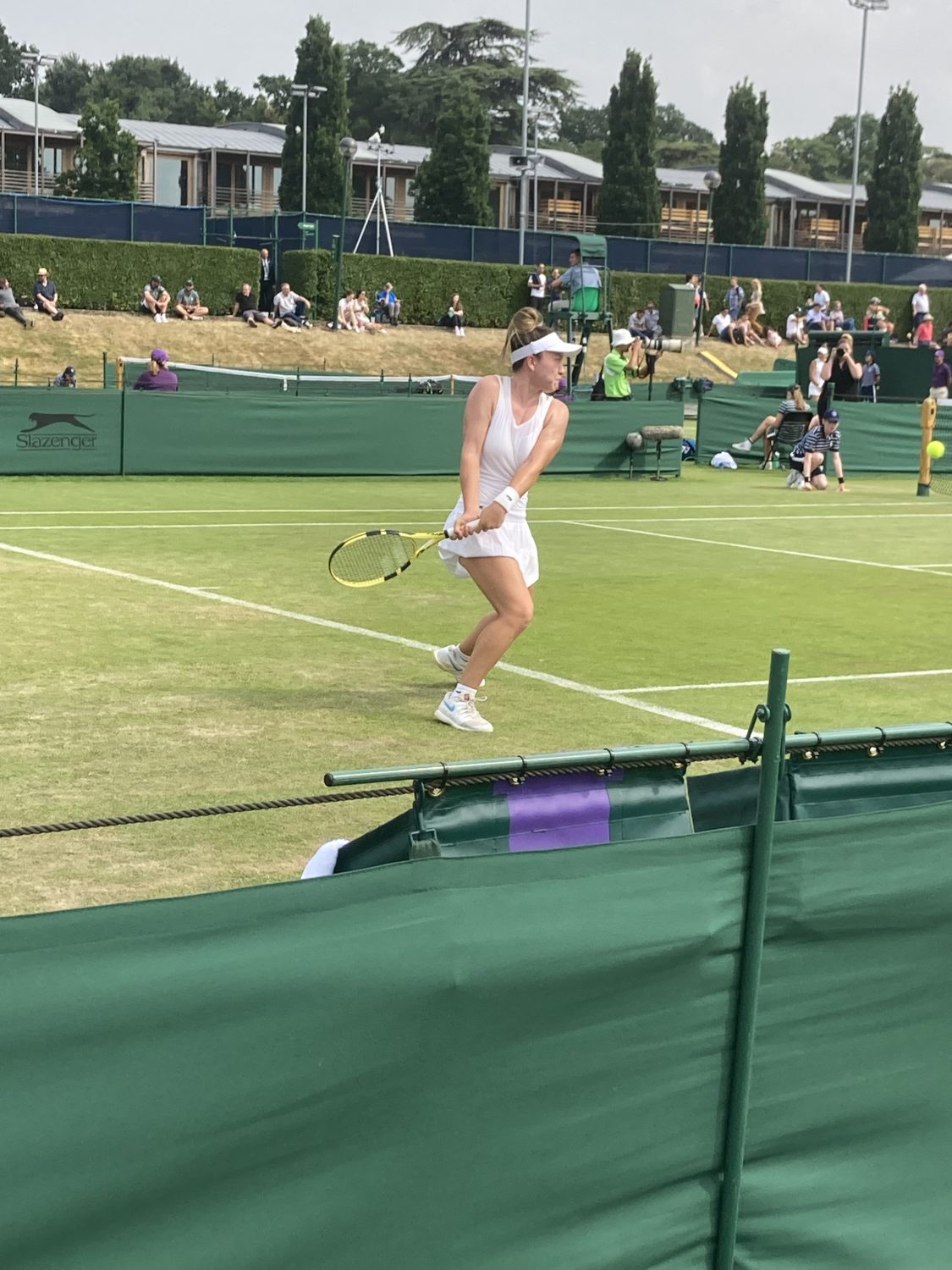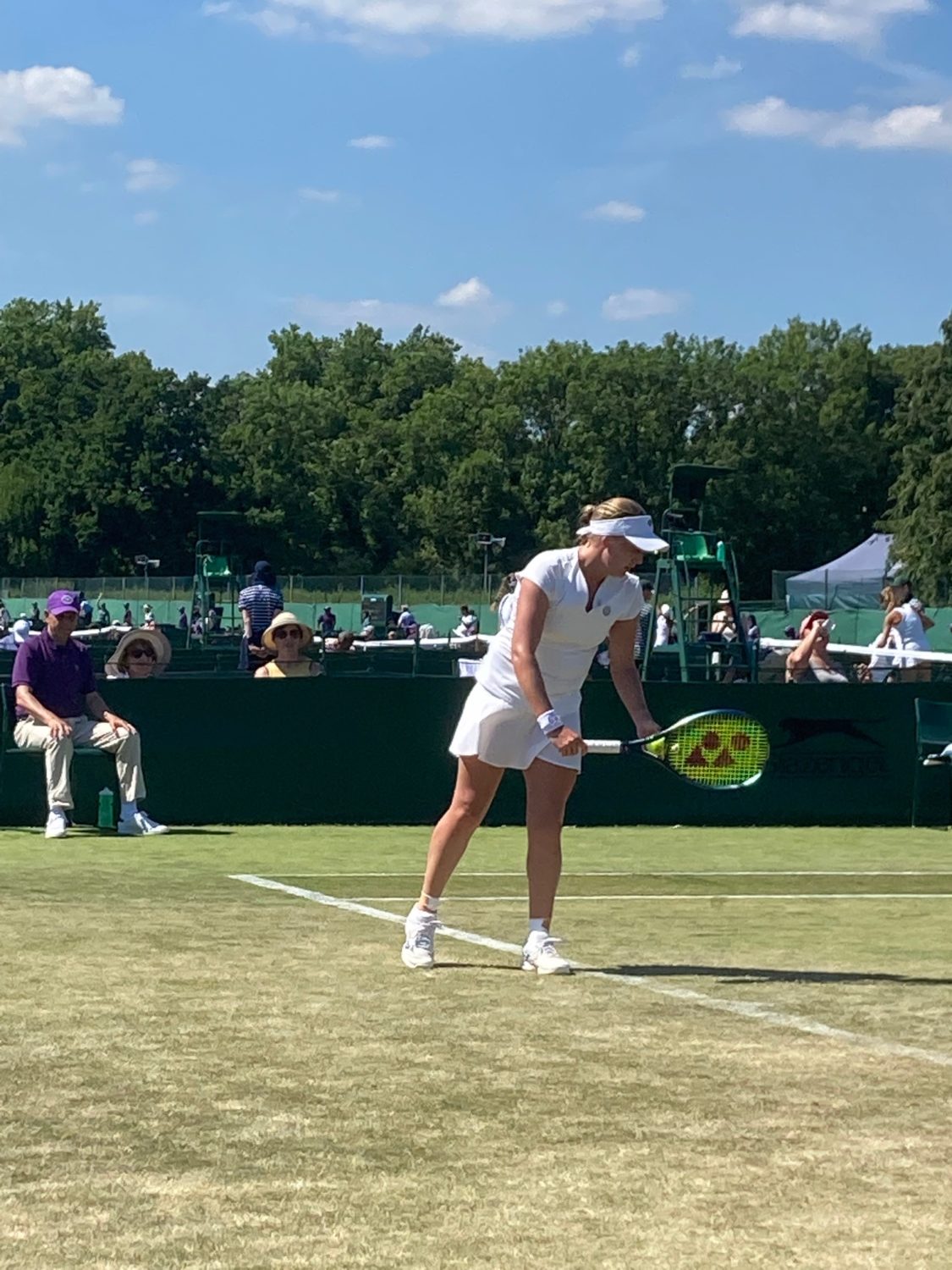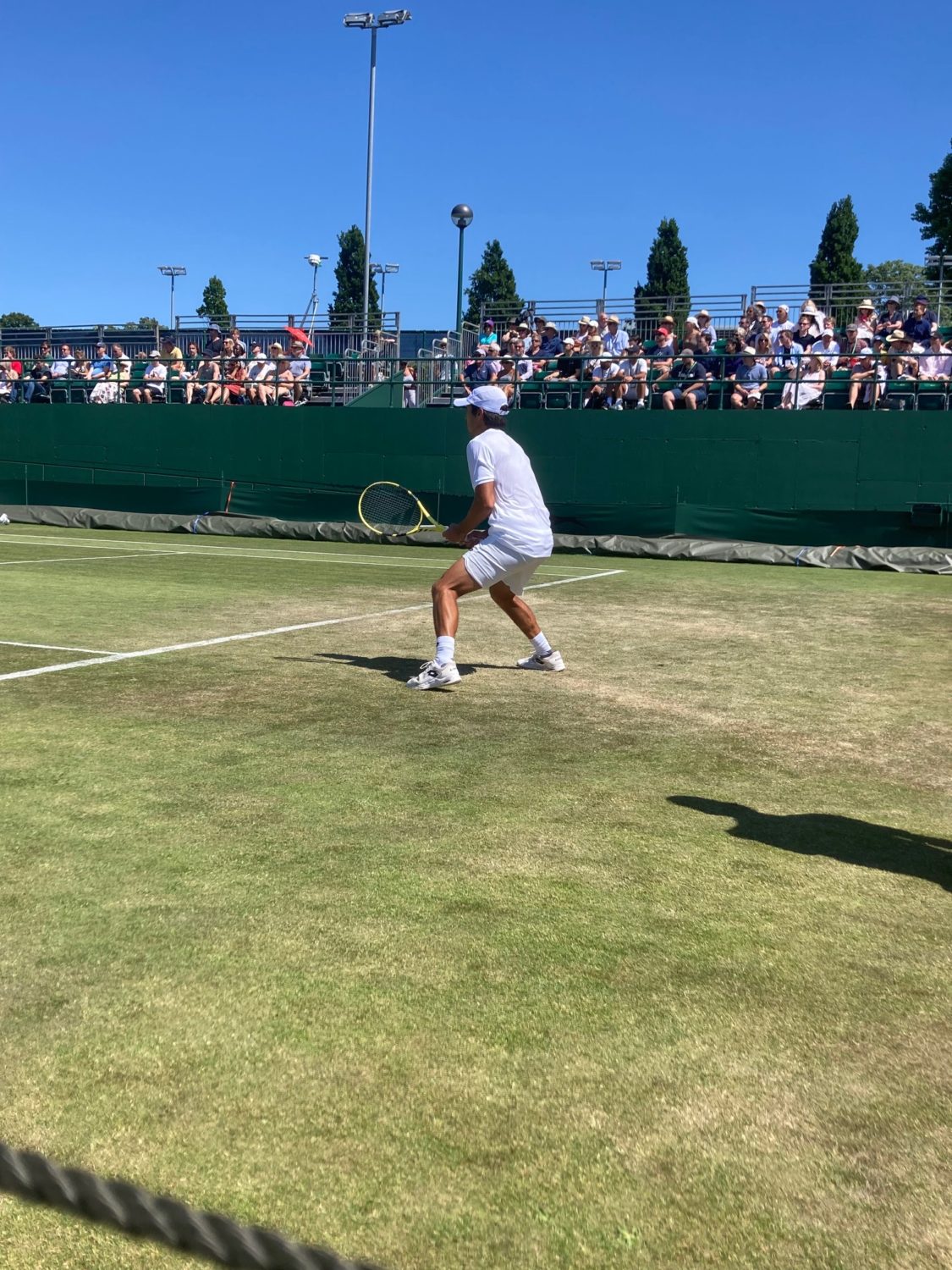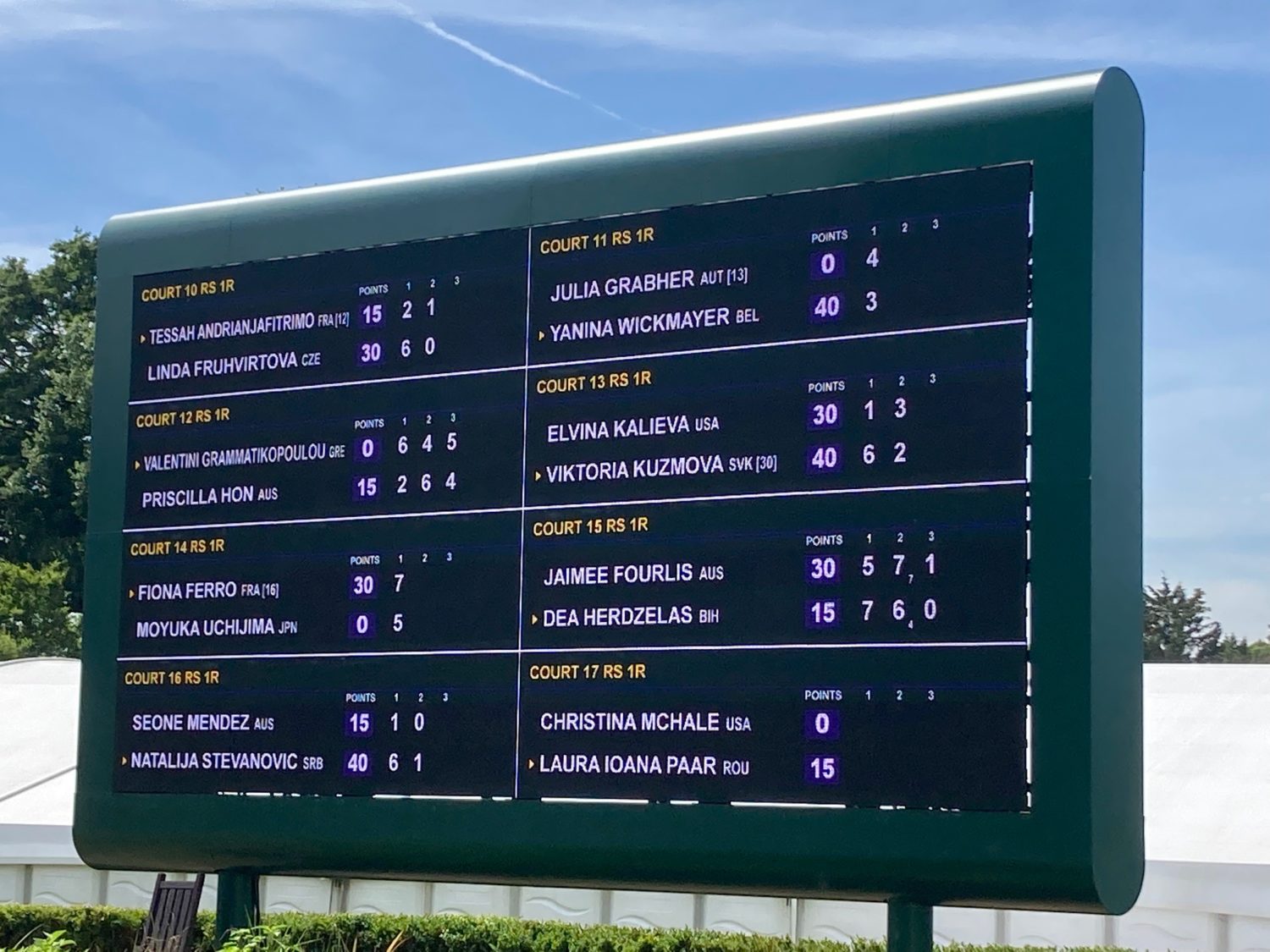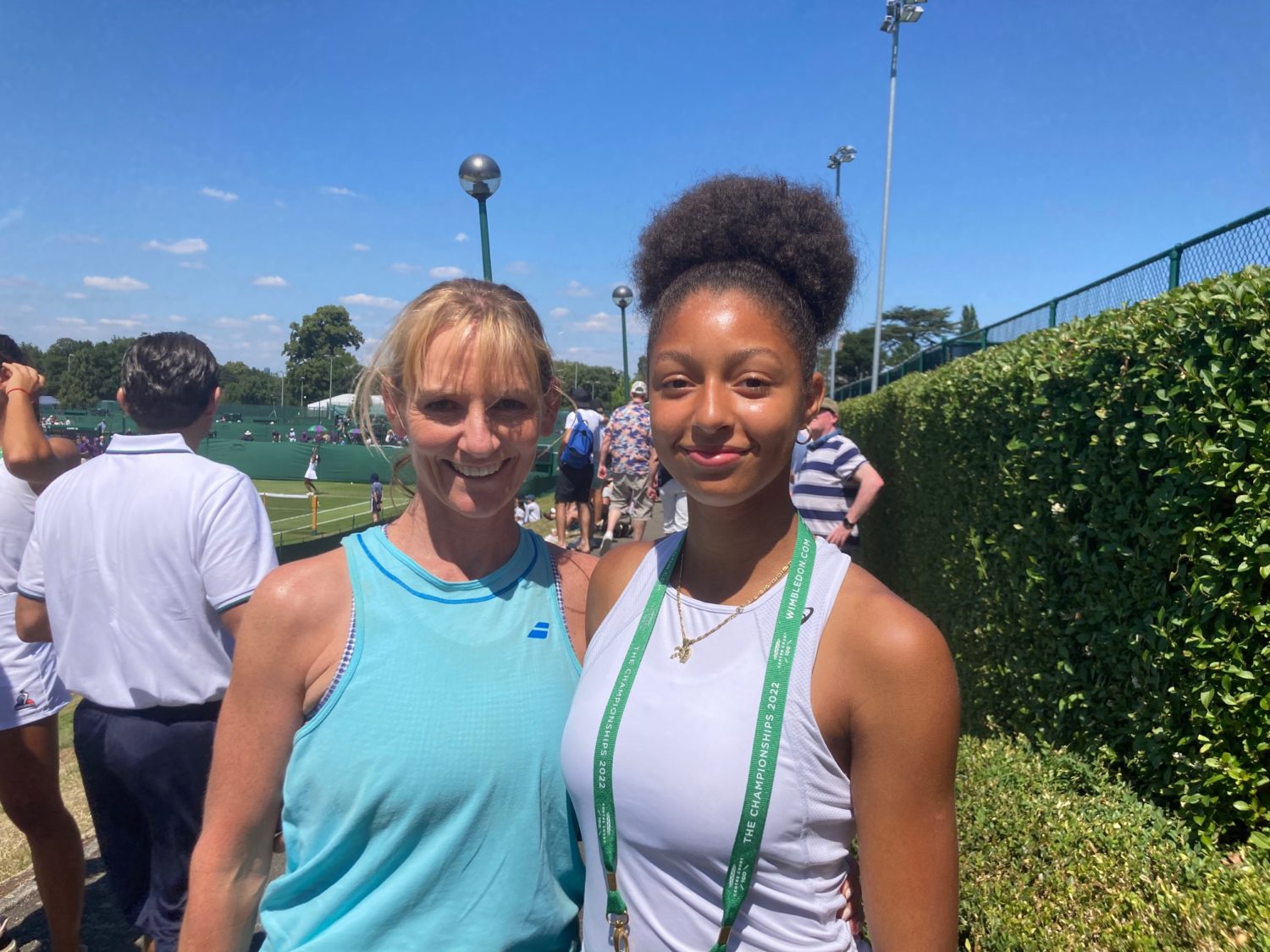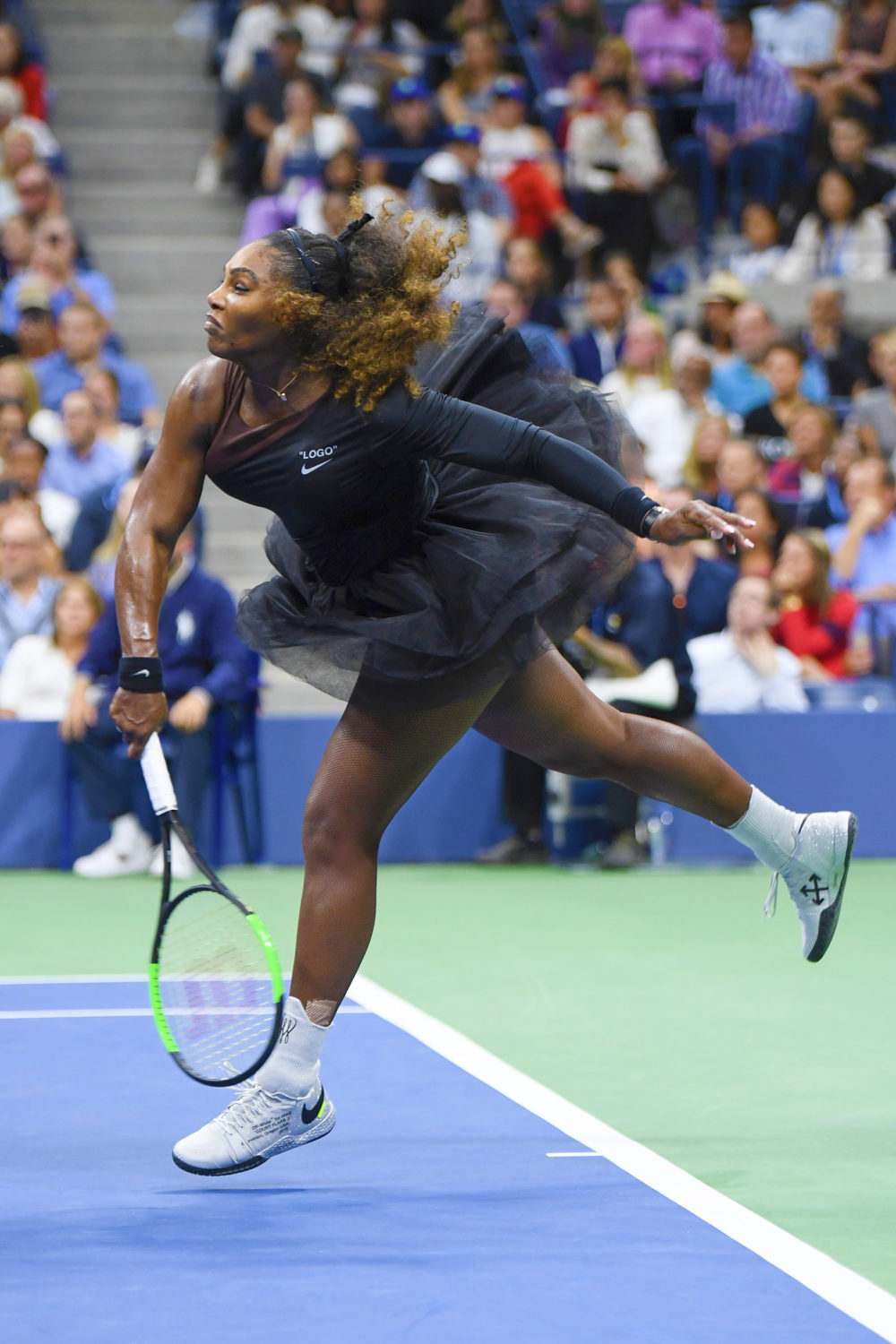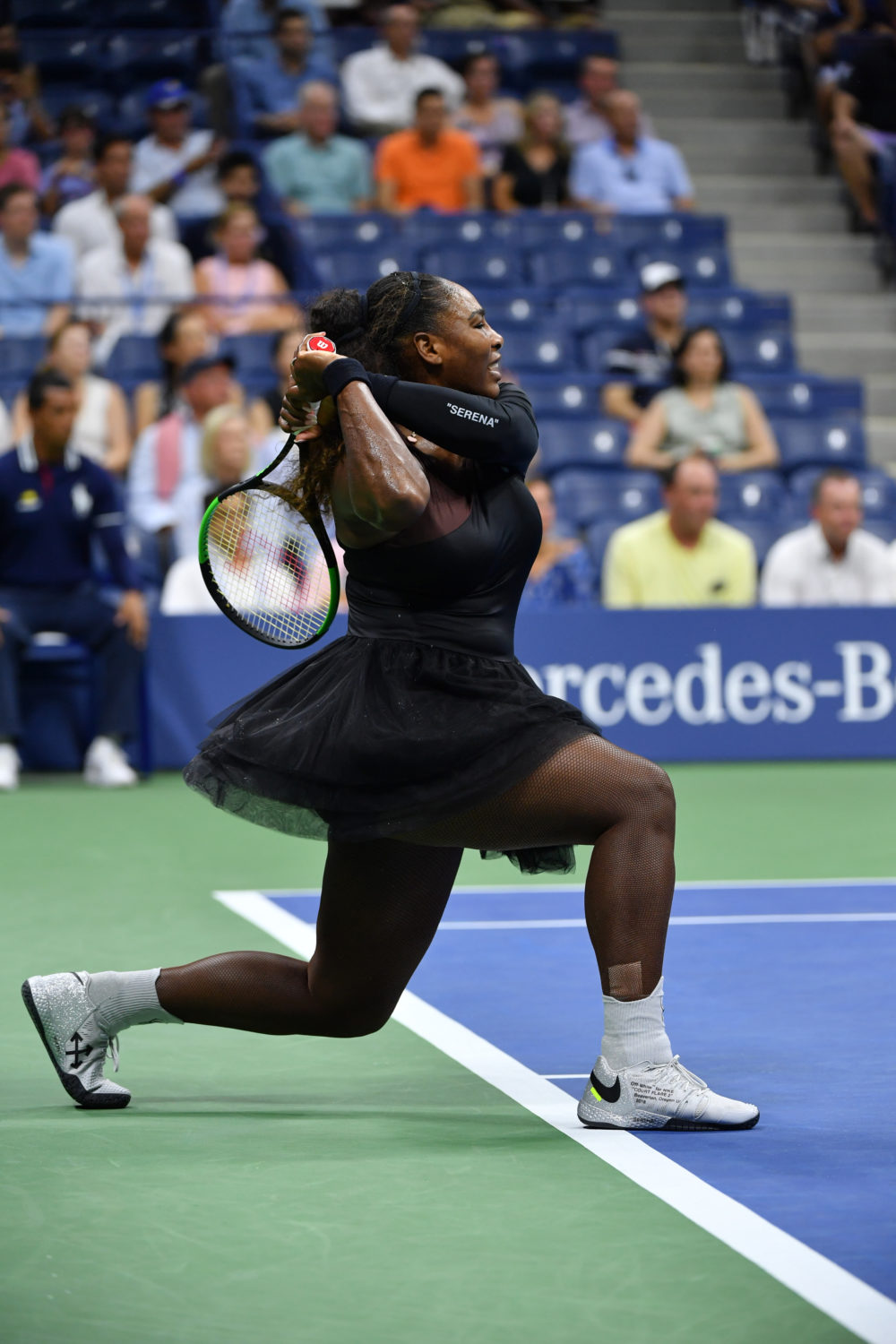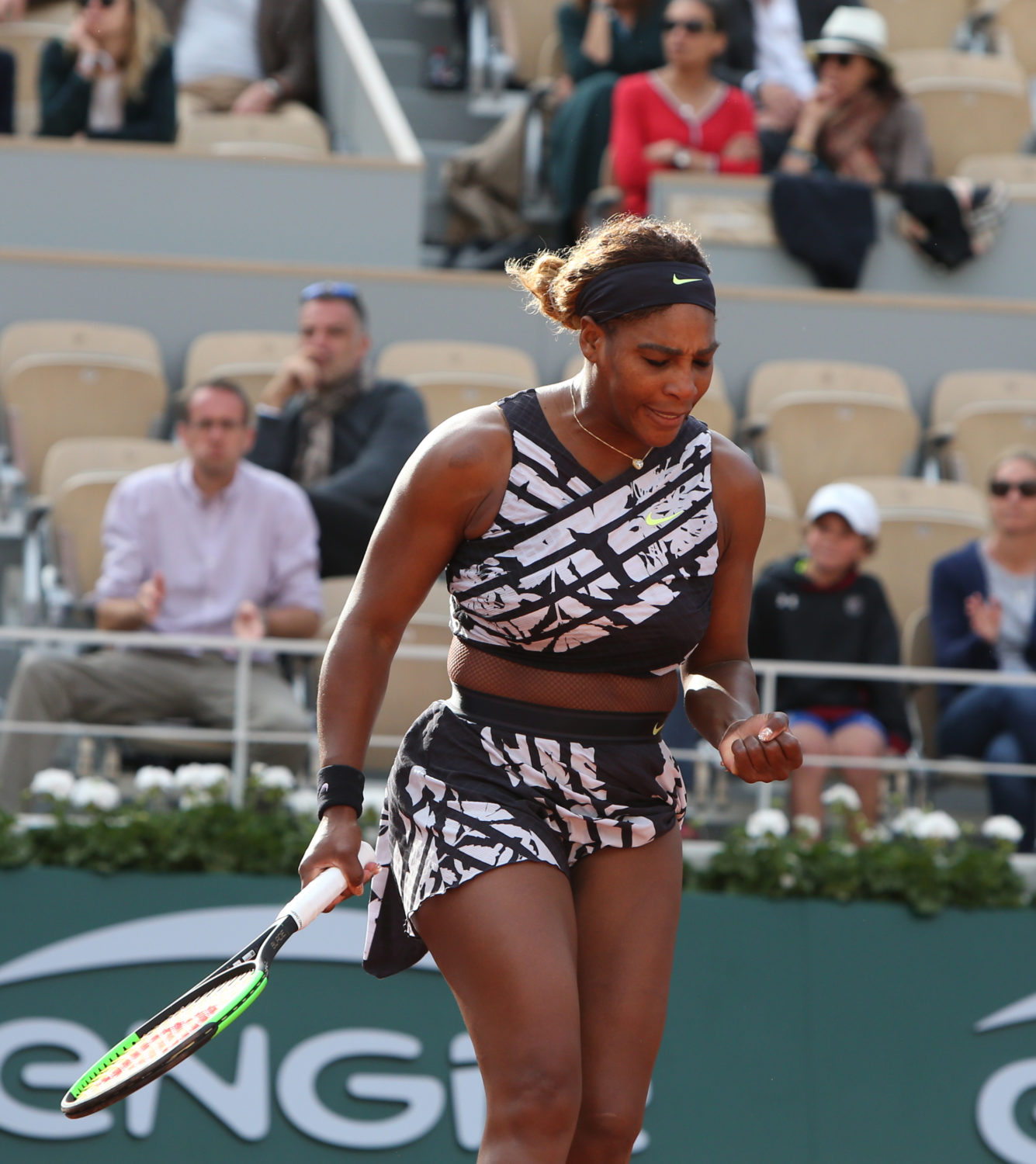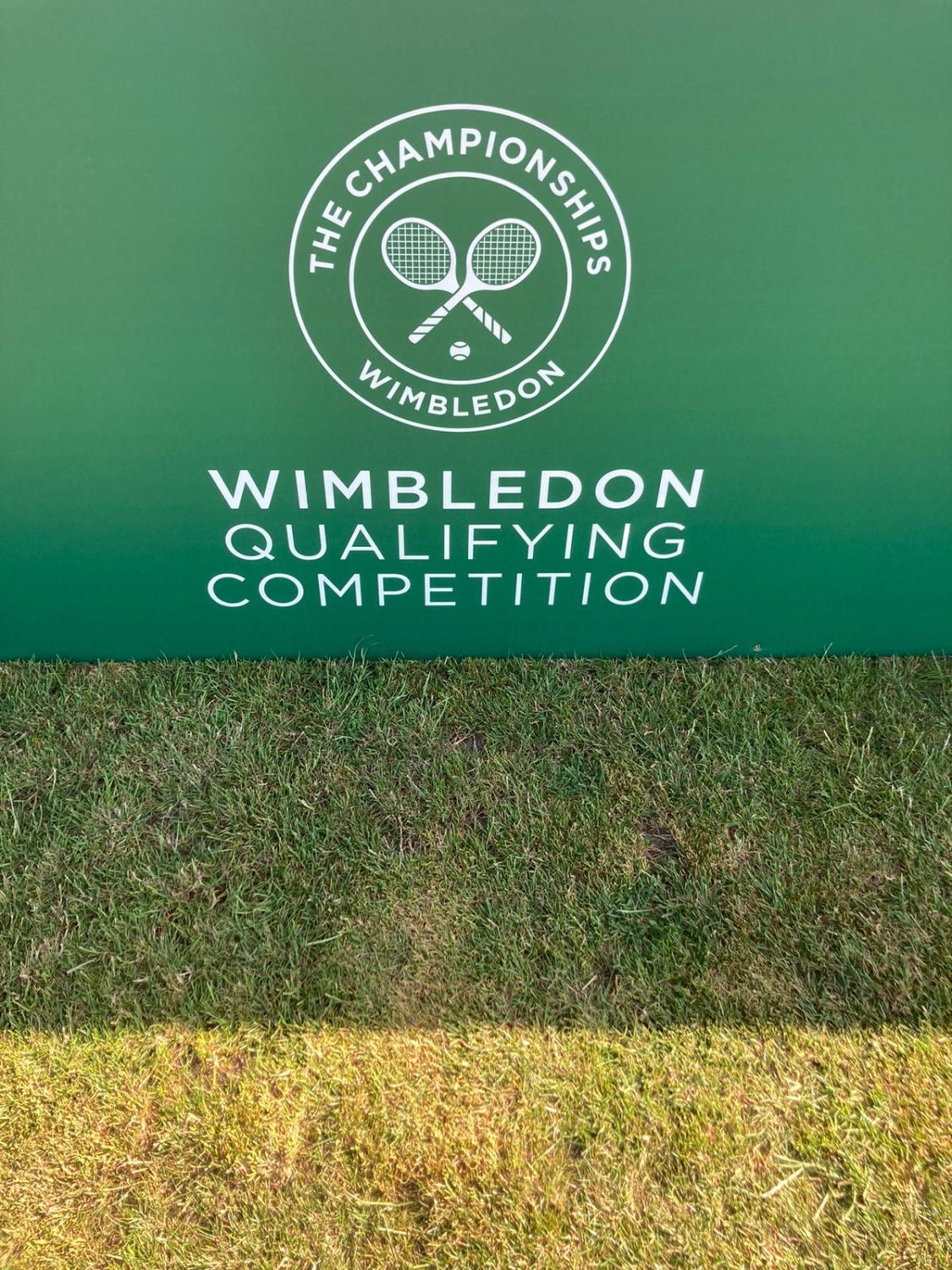Eduardo Arroyo, l’ironiste
Par Myriam Bouguerne
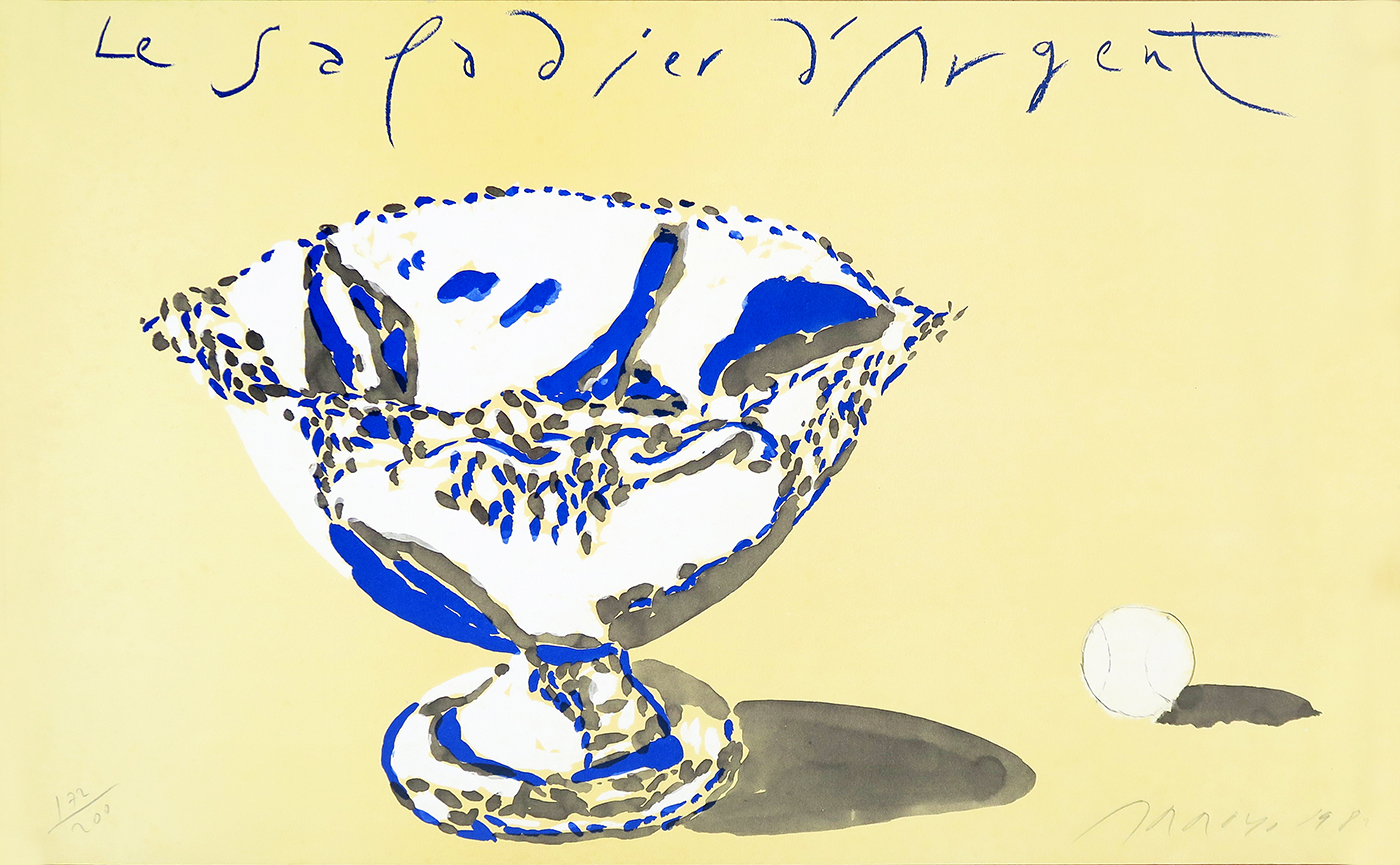
« Une drôlerie sans arrière-pensée sérieuse ne serait pas ironique, mais simplement bouffonne », rappelait le penseur et musicologue français Vladimir Jankélévitch dans son analyse de l’ironie. Eduardo Arroyo est ce que l’on pourrait appeler un peintre ironiste. En effet, dans la philosophie socratique, l’ironie est un outil qui permet de déboussoler son adversaire en le faisant se questionner. Les personnes au caractère cynique l’utilisent à volonté. Chez Voltaire, c’est précisément une raillerie qui sert à pointer du doigt toutes les injustices de son temps. Quant aux romantiques, ils y trouvent une manière de s’éloigner de l’aspect illusoire du réel et de rendre le moi absolu pour refaire le monde. On retrouve un peu de tout ça chez Arroyo, une ironie provocante et subversive. Dans sa peinture mais aussi dans sa manière d’être, de s’exprimer, et la tournures de ses phrases, ponctuant souvent des paroles sérieuses avec un petit sourire en coin.
« Je me suis formé à l’intérieur de l’Espagne franquiste jusqu’à mon arrivée en France, et à partir de ce jour, ce souvenir, les frustrations collectives subies, l’espoir et le pessimisme ont fait devenir ce pays et son histoire pour moi, une réalité constante dans ma pratique de la vie et de mon travail. »
Installé à Paris en 1958 après avoir fui l’Espagne de Franco, son pays natal ne le quittera jamais vraiment et deviendra même un sujet obsessionnel, le thème majeur de son iconographie. Il y a une grande part de mystère chez cet exilé qui se sent un peu partout chez lui, mais qui ne déballe jamais complètement ses affaires car on ne sait jamais ce qu’il peut arriver… Des œuvres souvent énigmatiques ou les principaux éléments du décor sont suspendus dans l’espace, des tableaux-rébus dont on ne trouve pas automatiquement toutes les réponses. Elles se caractérisent aussi par un manque volontaire de profondeur et une perspective frontale de couleur uniforme, comme on peut le voir dans ses peintures tennis.
Ce peintre à l’esprit fantaisiste se plaît à sauter d’un tableau à l’autre, d’un pays à l’autre ou d’un sujet à l’autre. Il pouvait facilement passer de portraitiste politique avec ses célèbres et très controversés tableaux de dictateurs à dessinateur d’affiches pour Roland Garros. Et c’est dans son livre Deux balles de tennis, une œuvre-somme qu’il qualifiera de « littérature de la déambulation » que son esprit vagabond s’exprimera à l’écrit pour la dernière fois.
« Dans mes mémoires, je raconte une scène rêvée, celle de mon enterrement, auquel prenait part un éléphant géant, très semblable au proboscidien représenté par Alfred Kubin, qui portait sur son dos un coffre de métal où étaient rangés mes livres. Je venais à peine de me redresser sur mon séant, pleurant dans ma tombe, les yeux rivés sur la colline qui me faisait face. L’éléphant m’apportait mes livres ! Pas la totalité, bien sûr, mais une bonne part de ceux que j’aime, ceux que pour rien au monde je n’oublierais, ceux qui ont occupé mes nuits d’insomnie. L’émotion me submergea et je compris soudain qu’on m’enterrait aux côtés de mes livres préférés dont la présence me rasséréna sur-le-champ. Je me recouchai alors et posai ma nuque sur “Robinson Crusoé”, le volume qui serait mon compagnon dans l’au-delà, et me tiendrait lieu de passeport pour passer la frontière, la frontière de l’expiration. »
